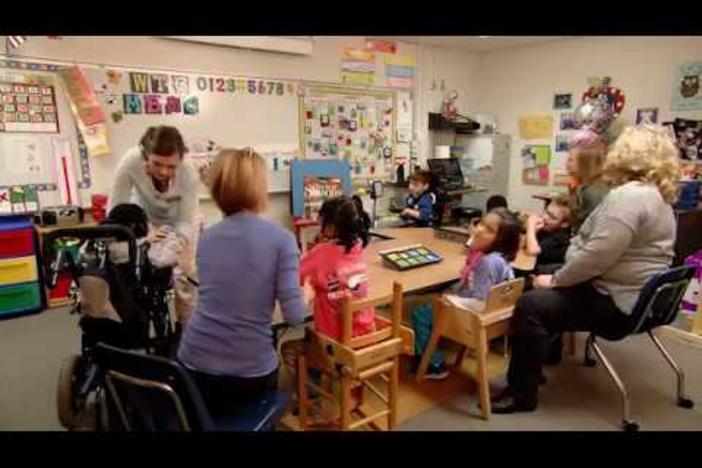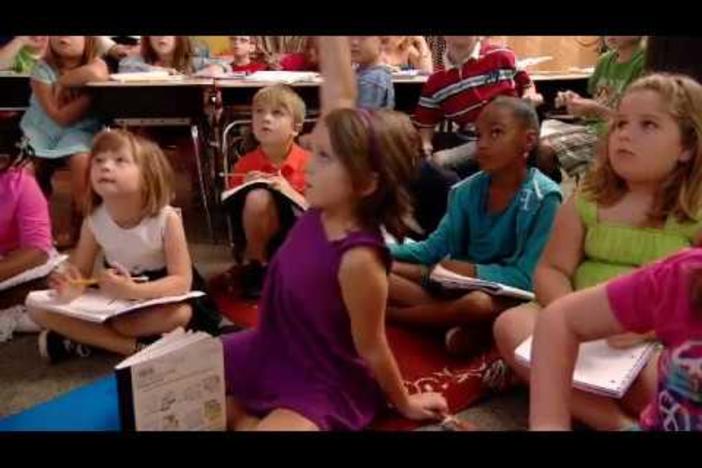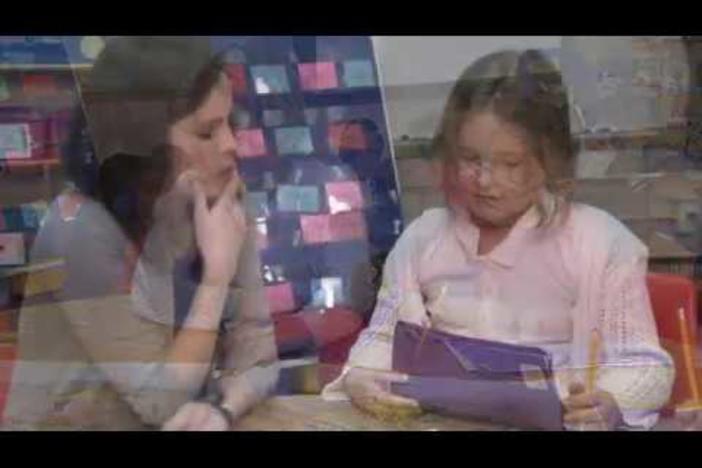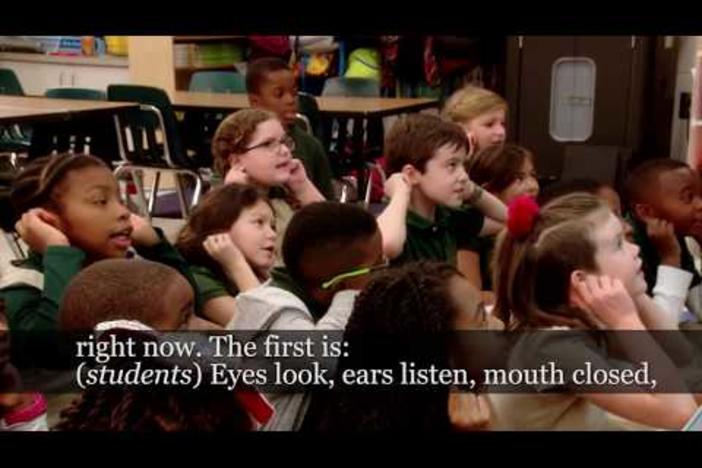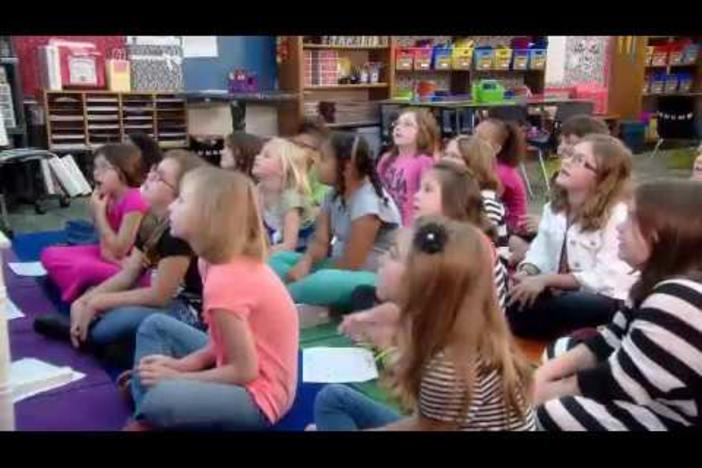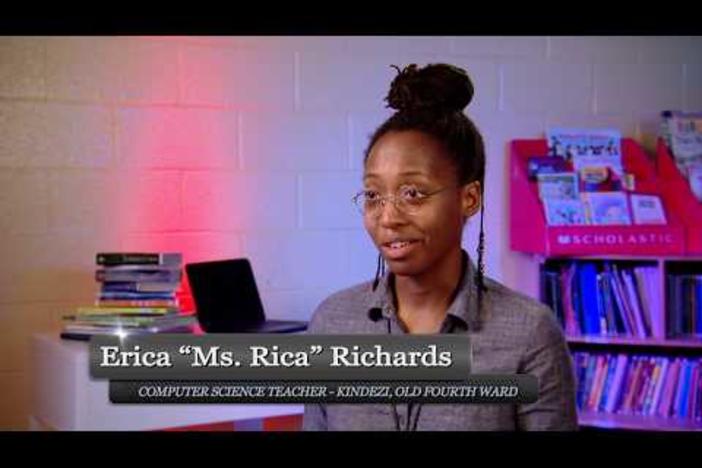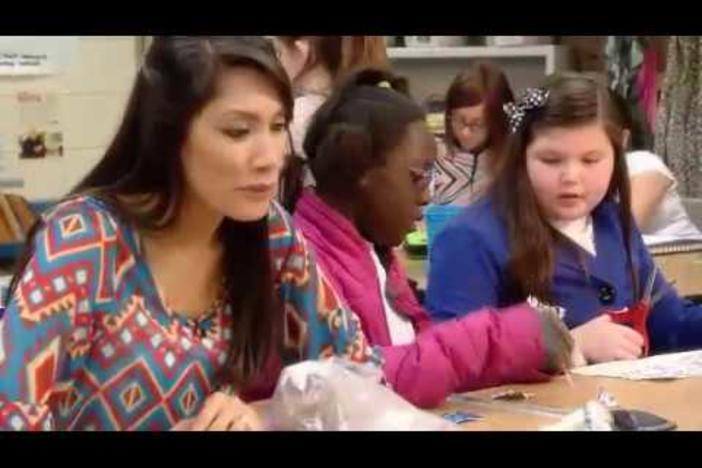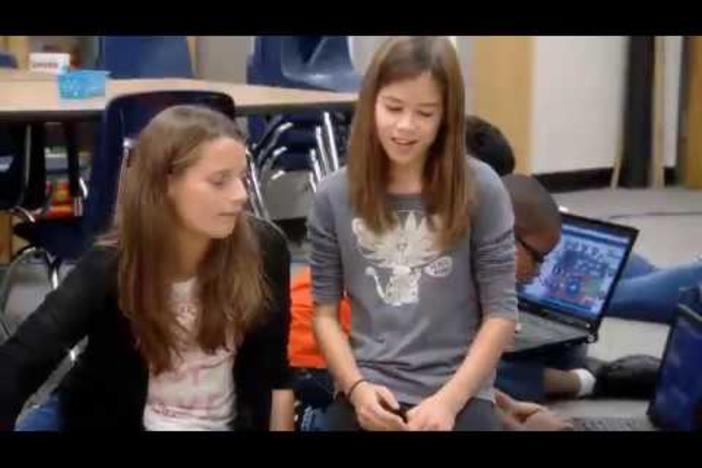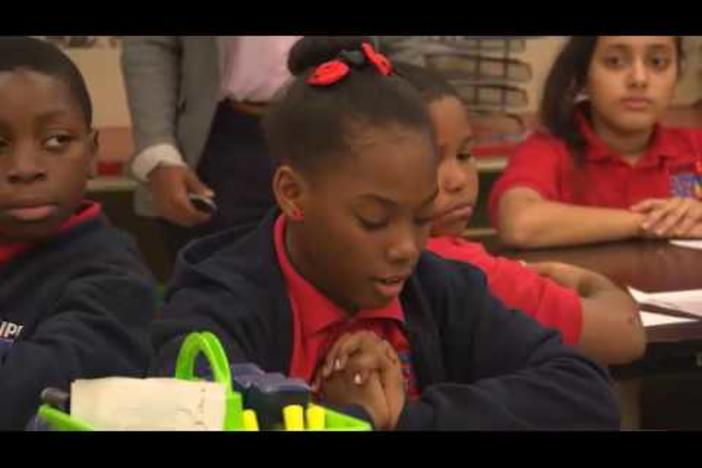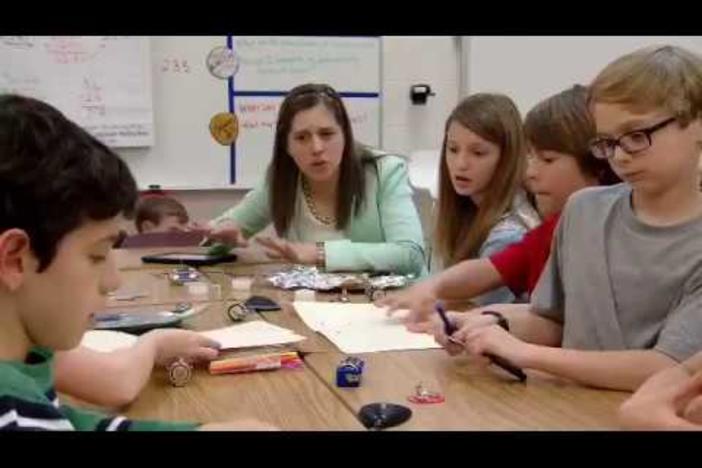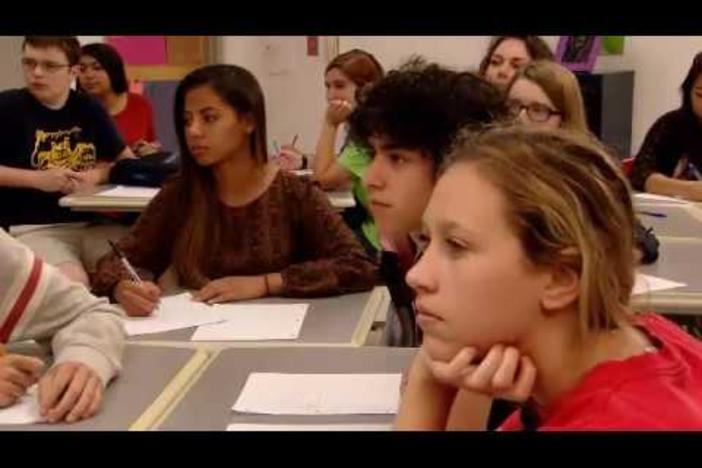A Wrinkle In Time Novel Study
This unit provides a differentiated novel study of Madeline L’Engle’s A Wrinkle in Time and focuses on informational writing and theme analysis. During the unit, students develop their reading comprehension skills, use higher-order thinking skills to discuss the book with their peers and teachers, and use technology – including Nearpod, Padlet, and PicCollage – to analyze a setting’s relationship with the theme. At the end of the unit, students integrate what they have learned in order to write their own analysis of the text in the form of a newspaper article, pamphlet or a recorded or live news report with a written transcript. In this document, you will find a suggested reading schedule, a unit calendar, and links to the apps you need to implement these activities.
A Wrinkle In Time Novel Study
This unit provides a differentiated novel study of Madeline L’Engle’s A Wrinkle in Time and focuses on informational writing and theme analysis. During the unit, students develop their reading comprehension skills, use higher-order thinking skills to discuss the book with their peers and teachers, and use technology – including Nearpod, Padlet, and PicCollage – to analyze a setting’s relationship with the theme. At the end of the unit, students integrate what they have learned in order to write their own analysis of the text in the form of a newspaper article, pamphlet or a recorded or live news report with a written transcript. In this document, you will find a suggested reading schedule, a unit calendar, and links to the apps you need to implement these activities.
English Arts
Determine a theme and/or central idea of a text and how it is conveyed through particular details; provide a summary of the text distinct from personal opinions or judgments.
Describe how a particular story's or drama's plot unfolds in a series of episodes as well as how the characters respond or change as the plot moves towards a resolution.
Determine the meaning of words and phrases as they are used in a text, including figurative and connotative meanings; analyze the impact of a specific word choice on meaning and tone.
Analyze how a particular sentence, chapter, scene, or stanza fits into the overall structure of a text and contributes to the development of the theme, setting, or plot.
Explain how an author develops the point of view of the narrator or speaker in a text.
Determine the meaning of words and phrases as they are used in a text, including figurative, connotative, and technical meanings.
Introduce claim(s) and organize the reasons and evidence clearly.
Support claim(s) with clear reasons and relevant evidence, using credible sources and demonstrating an understanding of the topic or text.
Use words, phrases, and clauses to clarify the relationships among claim(s) and reasons.
Establish and maintain a formal style.
Provide a concluding statement or section that follows from the argument presented.
Introduce a topic; organize ideas, concepts, and information, using strategies such as definition, classification, comparison/contrast, and cause/effect; include formatting (e.g., headings), graphics (e.g., charts, tables), and multimedia when useful to aiding comprehension.
Develop the topic with relevant facts, definitions, concrete details, quotations, or other information and examples.
Use appropriate transitions to clarify the relationships among ideas and concepts.
Use precise language and domain-specific vocabulary to inform about or explain the topic.
Establish and maintain a formal style.
Provide a concluding statement or section that follows from the information or explanation presented.
Produce clear and coherent writing in which the development, organization, and style are appropriate to task, purpose, and audience. (Grade-specific expectations for writing types are defined in standards 1–3 above.)
With some guidance and support from peers and adults, develop and strengthen writing as needed by planning, revising, editing, rewriting, or trying a new approach. (Editing for conventions should demonstrate command of Language standards 1–3 up to and including grade 6.)
Use technology, including the Internet, to produce and publish writing as well as to interact and collaborate with others.
Demonstrate command of the conventions of standard English grammar and usage when writing or speaking.
Demonstrate command of the conventions of standard English capitalization, punctuation, and spelling when writing.
Use knowledge of language and its conventions when writing, speaking, reading, or listening.
Determine or clarify the meaning of unknown and multiple-meaning words and phrases based on grade 6 reading and content, choosing flexibly from a range of strategies.
Demonstrate understanding of figurative language, word relationships, and nuances in word meanings.
Acquire and accurately use grade-appropriate general academic and domain-specific words and phrases; gather vocabulary knowledge when considering a word or phrase important to comprehension or expression.
-
About the Teacher
Amy Palermo
River Trail Middle School
Fulton County SchoolsAmy Palermo is a 6th grade Language Arts teacher at River Trail Middle School in Johns Creek, GA. She holds two Bachelor’s degrees in English and Sociology from the University of Connecticut and she received her Master’s degree in Education from Saint Joseph’s College. Her best piece of teaching advice is to always stay true to who you are as a teacher, and be flexible in trying new strategies.
